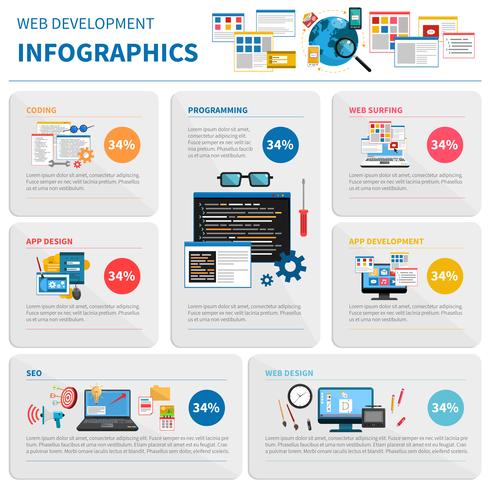Join Us As We Start A Journey With Time, Checking Out The Development Of Website Style And Just How It Has Actually Impacted The Digital Landscape
Join Us As We Start A Journey With Time, Checking Out The Development Of Website Style And Just How It Has Actually Impacted The Digital Landscape
Blog Article
Authored By-Dalrymple Bowles
In the past, web sites were easy and concentrated on details. Navigating was straight, and style was for desktops. Now, user experience is vital. Information overviews layouts for very easy navigation. Receptive formats match different devices. Today, dark mode lowers strain, and minimal food selections boost navigation. Interactive functions engage individuals, and strong visuals stick out. AI integration boosts involvement. See just how visit the next web site has advanced to boost your on-line trip.
Very Early Days of Website Design
In the very early days of web design, simplicity preponderated. Web sites were fundamental, with limited colors, typefaces, and layouts. The emphasis got on giving info rather than flashy visuals. Customers accessed the internet through slow-moving dial-up connections, so speed and functionality were key.
Navigation menus were straightforward, typically located at the top or side of the page. Websites were created for computer, as mobile surfing had not been yet common. Web content was king, and designers focused on easy readability over intricate design aspects.
HTML was the primary coding language utilized, and developers had to function within its restrictions. Computer animations and interactive attributes were minimal compared to today's requirements. Web sites were static, with little vibrant content or individualized individual experiences.
Rise of User-Focused Layout
With the development of site layout, a change in the direction of user-focused layout concepts has actually come to be progressively prominent. Today, producing sites that focus on customer experience is essential for involving site visitors and accomplishing organization goals. User-focused layout entails recognizing the needs, choices, and habits of your target market to customize the web site's design, web content, and features as necessary.
Developers now conduct comprehensive research study, such as individual surveys and functionality screening, to gather understandings and comments straight from customers. This data-driven technique aids in developing intuitive navigation, clear calls-to-action, and visually enticing user interfaces that resonate with site visitors. By positioning the customer at the center of the design procedure, web sites can deliver a much more tailored and satisfying experience.
Responsive design has actually also become a key aspect of user-focused design, ensuring that internet sites are maximized for numerous gadgets and display sizes. This adaptability boosts accessibility and functionality, catering to the varied means customers interact with sites today. Essentially, related web-site of user-focused layout symbolizes a shift in the direction of producing digital experiences that focus on the requirements and expectations of the end user.
Modern Trends in Web Design
Explore the most recent fads forming website design today. One popular pattern is dark mode layout, providing a streamlined and contemporary look while minimizing eye strain in low-light atmospheres. An additional vital trend is minimalist navigating, streamlining food selections and boosting individual experience by concentrating on essential elements. Incorporating micro-interactions, such as animated switches or scrolling impacts, can produce a more appealing and interactive web site. Receptive design stays essential, guaranteeing seamless customer experiences across numerous gadgets. Furthermore, utilizing vibrant typography and asymmetrical formats can include aesthetic interest and accentuate specific material.
Incorporating AI modern technology, like chatbots for client assistance or tailored referrals, enhances individual engagement and enhances procedures. Access has likewise become a significant pattern, with developers focusing on inclusive design techniques to cater to varied individual needs. Accepting sustainability by enhancing website performance for speed and performance is one more emerging pattern in web design. Collaborating with customer feedback and information analytics to repeat and boost layout constantly is important for remaining appropriate in the ever-evolving digital landscape. By accepting these contemporary fads, you can create an aesthetically attractive, user-friendly web site that resonates with your target market.
Verdict
As you assess the development of web site design from the early days to currently, you can see exactly how user-focused style has actually become the driving force behind modern patterns.
Embrace the journey of modification and adaptation in website design, constantly maintaining the customer experience at the leading edge.
Keep present with the most recent trends and modern technologies, and never quit progressing your method to produce aesthetically stunning and user-friendly websites.
Advance, adjust, and develop - the future of website design remains in your hands.
